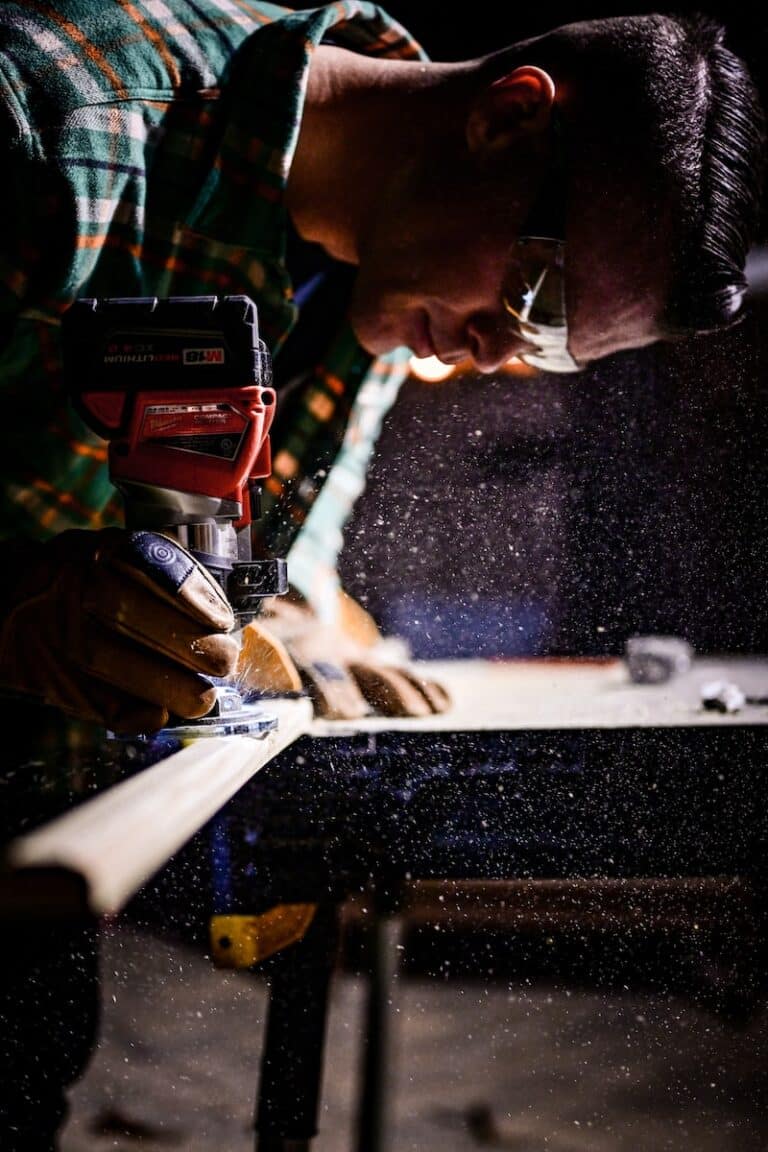We have all seen it now. With social distancing and working from home, watching straight-faced news anchors broadcast from their homes, in front of their decorative rock collections, their wedding photos, and their psychedelic posters.
Recently the Wall Street Journal featured an article on how to create a professional backdrop for your video conference calls.
The main focus is to avoid unnecessary personal items to keep it professional from head to toe. And having lighting that will reflect well across to the other participants. Participants on video meetings report getting distracted by what’s behind the person speaking. While a completely blank white wall would look strange, so would family photos or a painting of a nude.
Ms. Davidson left New York to start a marketing-consulting company from her home in Greenville, S.C. For her, the first order of business was creating a suitable backdrop for video calls held with clients across the country. She removed clutter, streamlined the titles on her bookshelves, and kept family photos out of the picture. When videoconferencing, clients see Ms. Hayes in front of a white wall, with only one piece of artwork—a framed New Yorker magazine cover featuring dogs.
Her first tip: Don’t dress nicely just from the waist up. “The first time I did that, I had to get up to let the dog out,” giving clients a peek of her scruffy leggings.
Here are some tips from Carol Davidson, a Manhattan-based image consultant, for turning your home office into a professional-looking—and operating—video conferencing studio:
1. The primary light source should be centered behind the camera. Have an extra light source—LED lamp or overhead light—so you can adjust the brightness of the room, if necessary.
2. The background color of the wall behind you should contrast the colors of your attire. “You don’t want to blend in.” Avoid wearing white and bright colors, which might reflect light and look oversaturated. Muted colors are best.
3. A backdrop loaded with personal items, books, and family photos looks cluttered and is distracting to clients and co-workers.
4. Adjust your chair height, so the camera is positioned at eye level. Strategically place a pillow behind your back to remind you to sit up straight and “claim your space,” she says. Many people sit too close to the camera, so viewers feel like you’re in their face. The camera should be at a distance, so more of you is visible. “It gives a feeling that you’re sitting in the same room.”
5. Make sure the office has furniture, draperies, rugs, or other soft surfaces that help minimize echoing when you speak.
6. Some people wear appropriate attire from the waist up. “I’m a big proponent of head-to-toe dressing,” she says. “How you’re dressed overall is how you see yourself in the office. Our feelings project. With less of you visible, you want to project confidence.”
On the lighter side:
Simpsons had yet again predicted the future
And it seems like the Simpsons have done it again if you notice that a 1998-episode, newsreader Kent Brockman is forced to present the news from home after the characters are told they must obey new curfew rules. Many have drawn parallels with the coronavirus pandemic.



